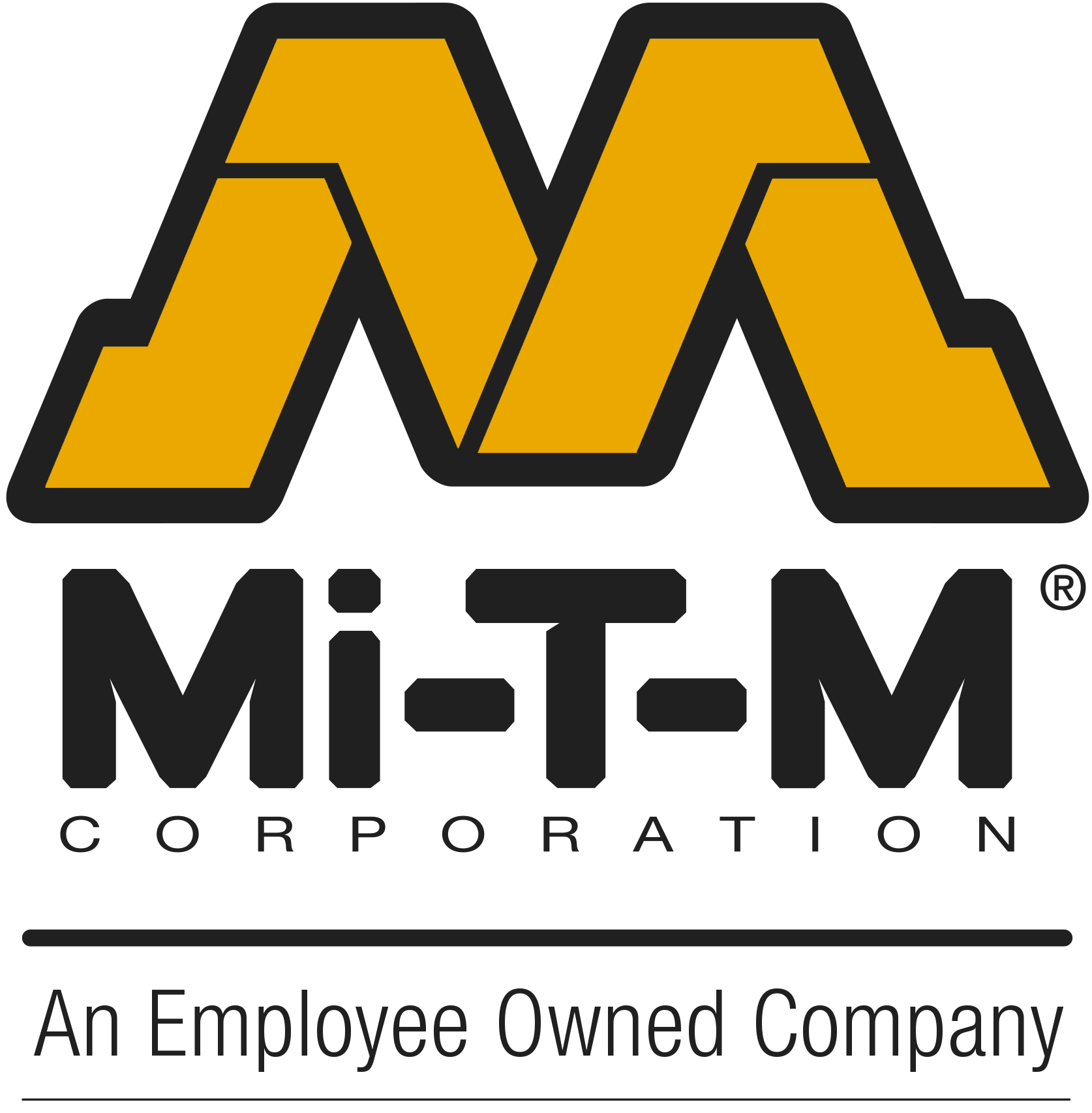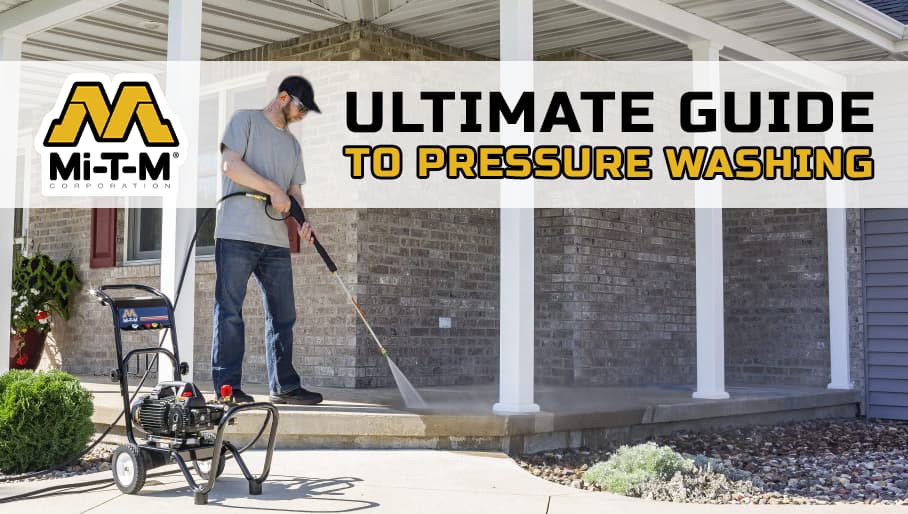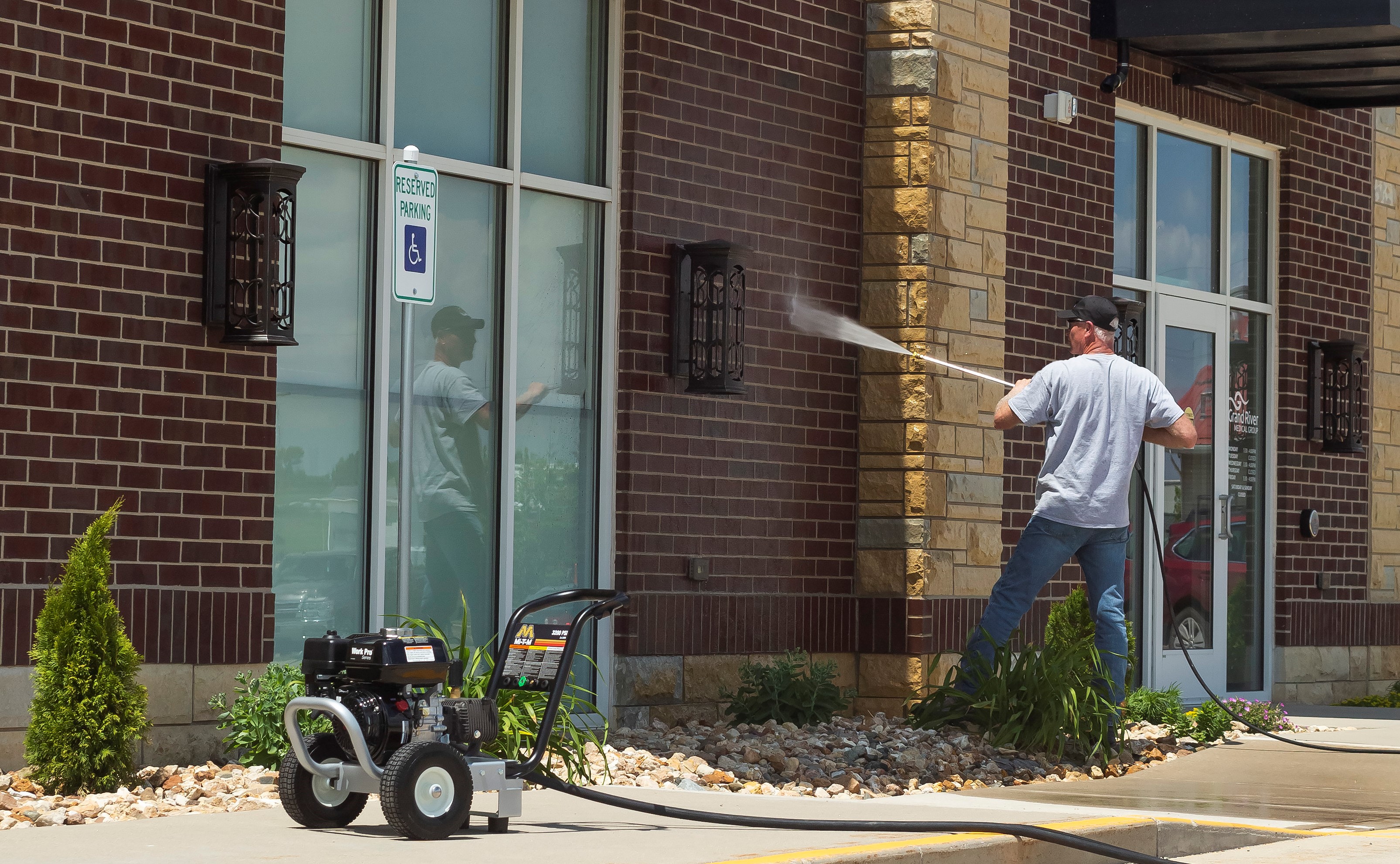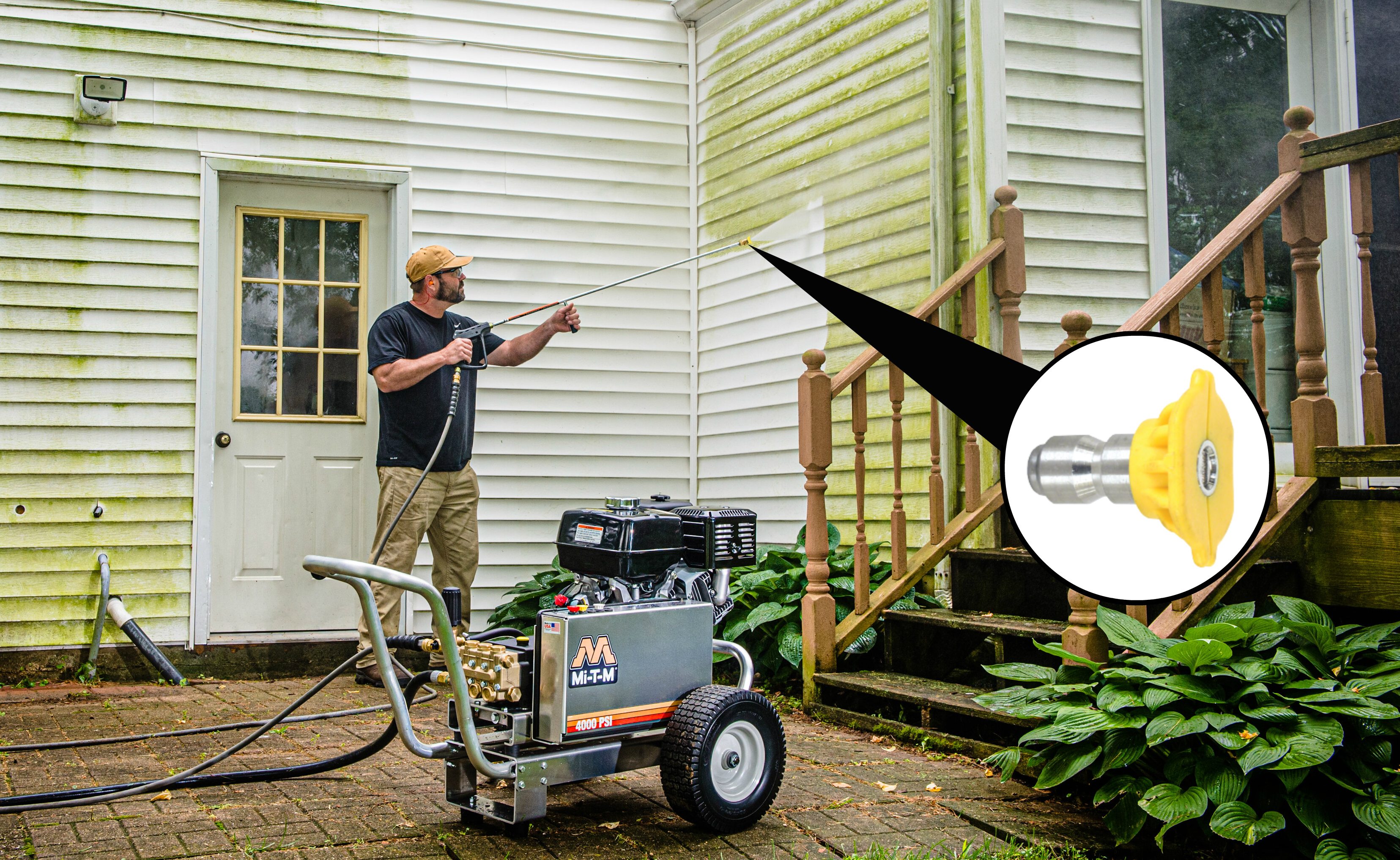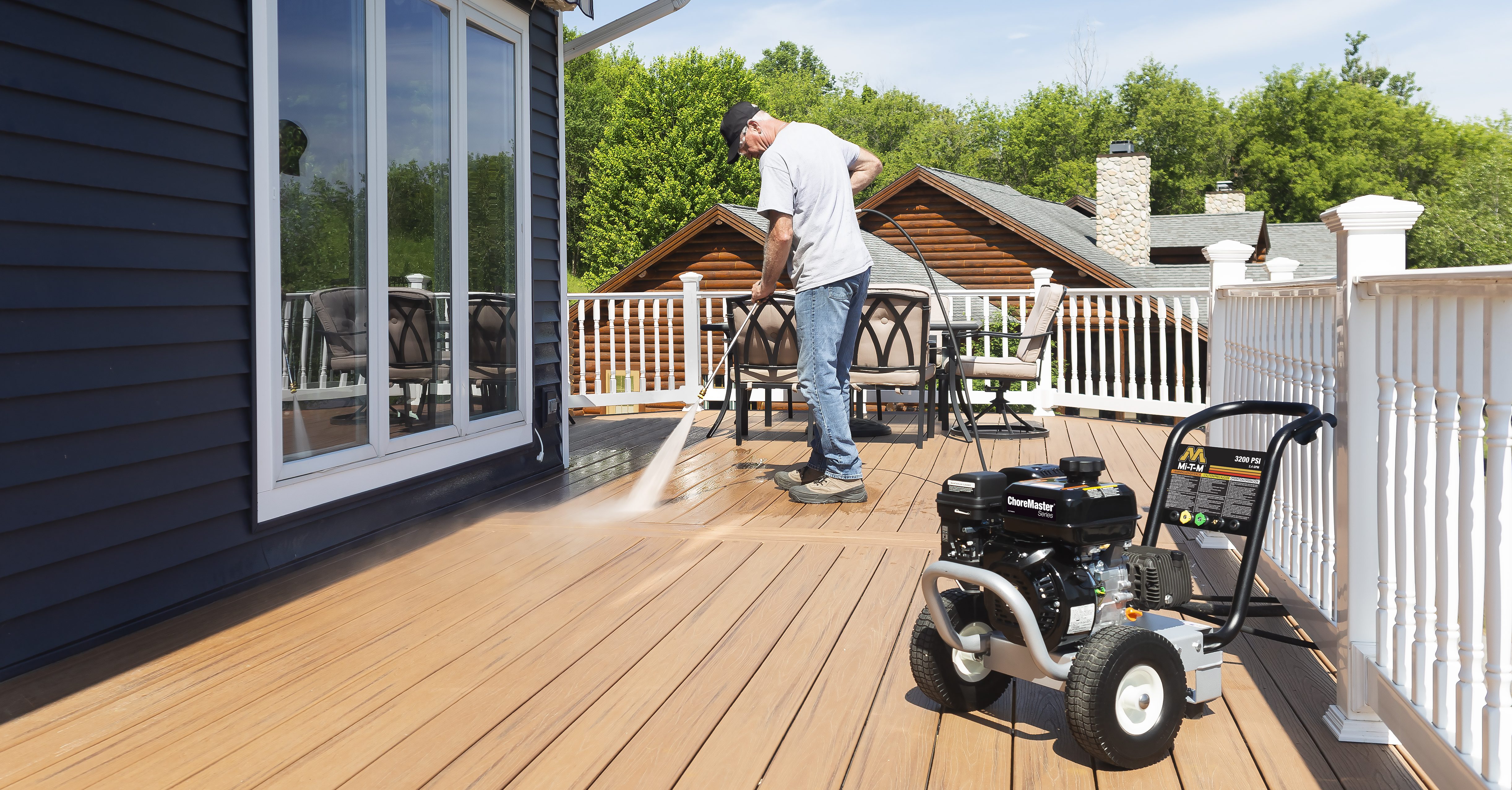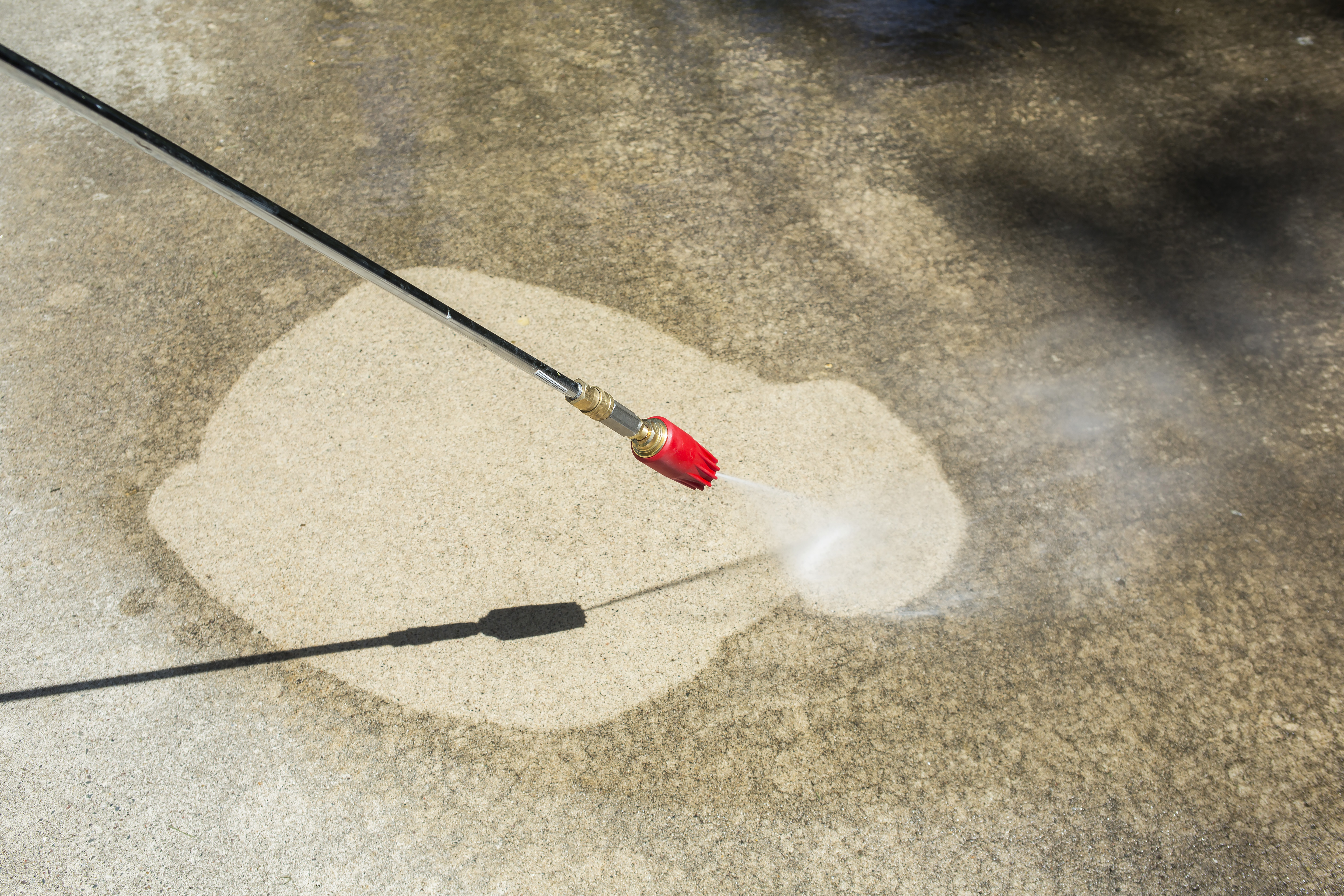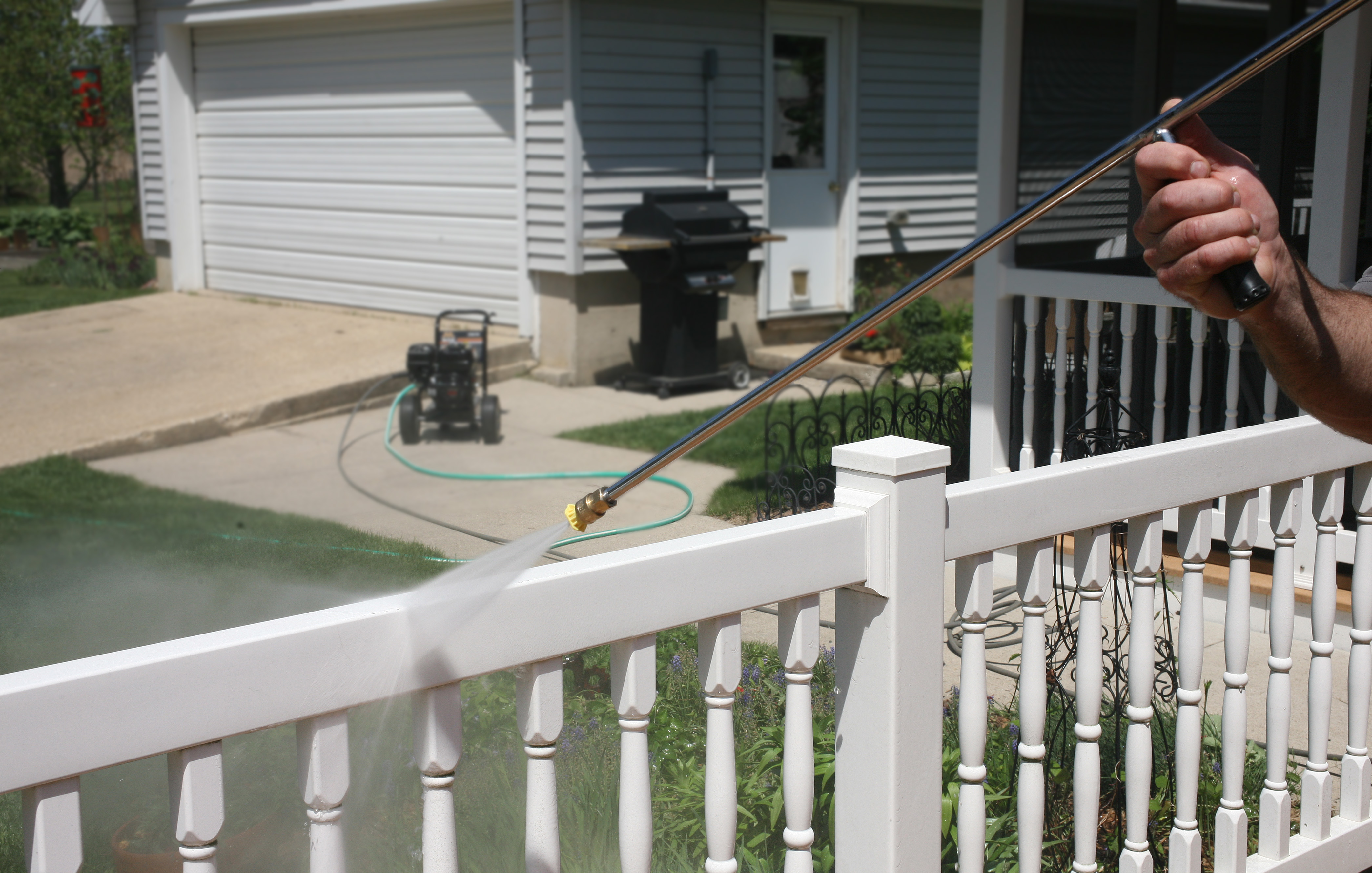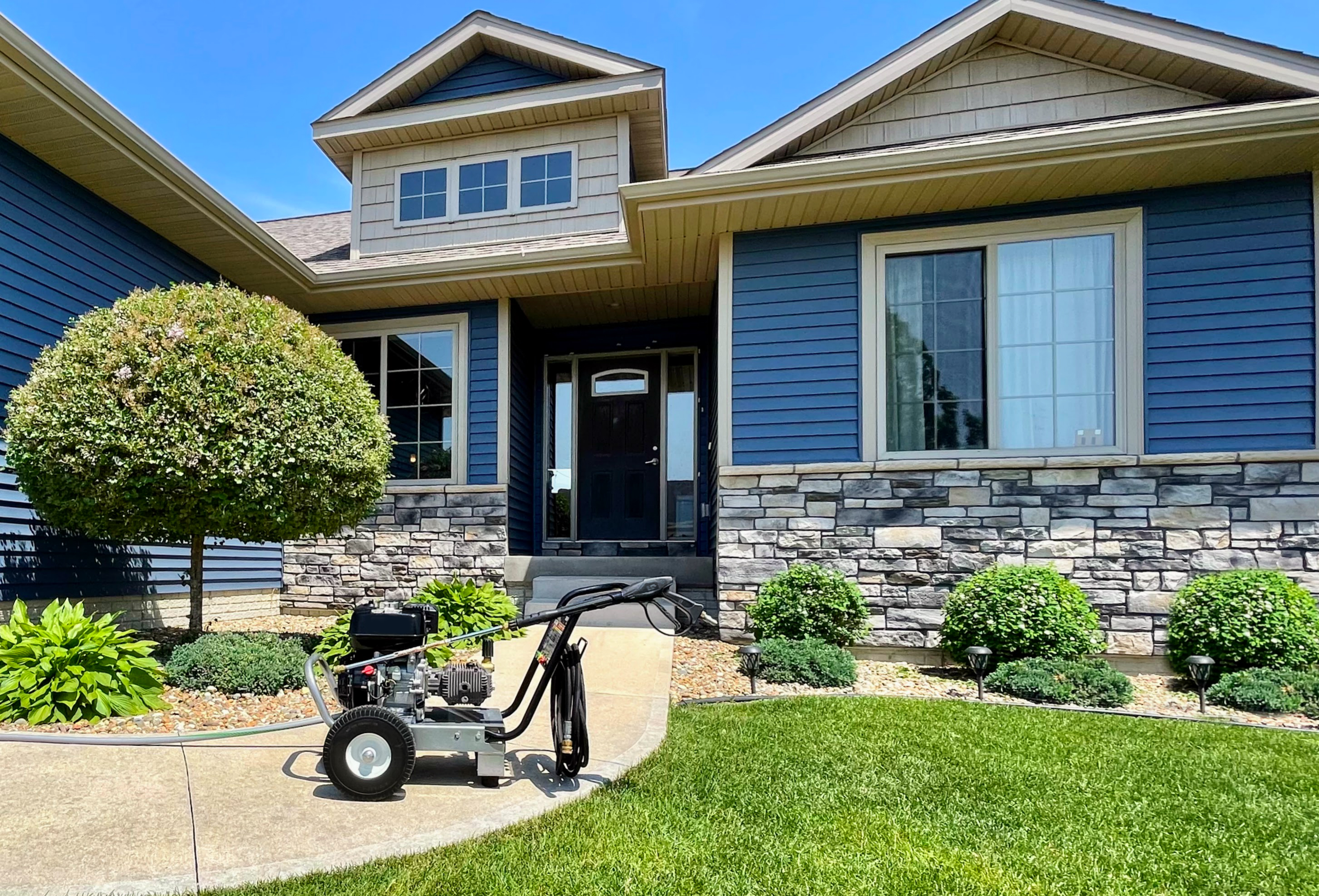Pressure Washing – The Ultimate Pressure Washer Guide
The Ultimate Guide to Pressure Washing
As a busy homeowner, it’s easy to let maintenance and home projects fall by the wayside. Pressure washing is an excellent method to make fast work of built-up grime, mud, mold and mildew on surfaces. Mi-T-M Corporation is your trusted provider of high-quality and dependable residential, commercial and industrial pressure washers and is here to provide you with pressure washing tips.
In 1971, Mi-T-M’s founder, AJ Spiegel realized the need for portable, economical and powerful cleaners. With a background in painting and cleaning, he built a 1000 PSI gas powered unit. It was a humble, but important step. We’ve come a long way since then and today we not only offer numerous pressure washers, but also hundreds of other types of equipment.
With a variety of sizes and types of pressure washers, our powerful Mi-T-M machines can help you clean patios, driveways, decks, siding, pools, fencing, lawn furniture and even help you prep for painting.
We’ve prepared an ultimate step-by-step guide on pressure washing to help you learn how to pressure wash around your home. Along with our how-to videos, we believe you’ll be an expert in no time and your home will be the envy of the neighborhood.
Below are some tips for pressure washing in nearly any situation.
No matter the cleaning project, safety is always first priority when operating a pressure washer. It is important to always avoid high-voltage areas, including electrical lines, conduits and electrical appliances. Make sure to always wear proper safety gear, including ear and eye protection as well as closed toe shoes.
Pressure Washing Brick Siding
Brick homes are beautiful, sturdy and timeless, but just like other home surfaces, brick becomes dirty, mossy and needs regular maintenance. Unlike many other home materials, brick is porous and more prone to discoloration and structural damage. Therefore, before you attempt to pressure wash your brick home, you should know the proper methods for cleaning this type of surface.
First, survey the surface to look for any cracks or holes between bricks. You must repair them before you start pressure washing. Carefully patch these areas with mortar and let them cure for at least a week. Once they’re dry, you can begin pressure washing.
Follow the below steps for brick pressure washing:
- Prep your surface: Soak and saturate the brick with water. This will prevent the bricks from absorbing harsh detergents.
- Test an area: Test a small area of brick in order to gauge the amount of pressure needed to complete the cleaning task at hand.
- Detergent: Apply a detergent for cleaning brick, spray the detergent from bottom to top in order to prevent streaking and then allow it to soak into the brick for 5-10 minutes. NOTE: Do not allow the detergent to fully dry on your surface.
- Rinse your surface: Finish the cleaning process by gently spraying water across the surface to rinse all detergent and residue away.
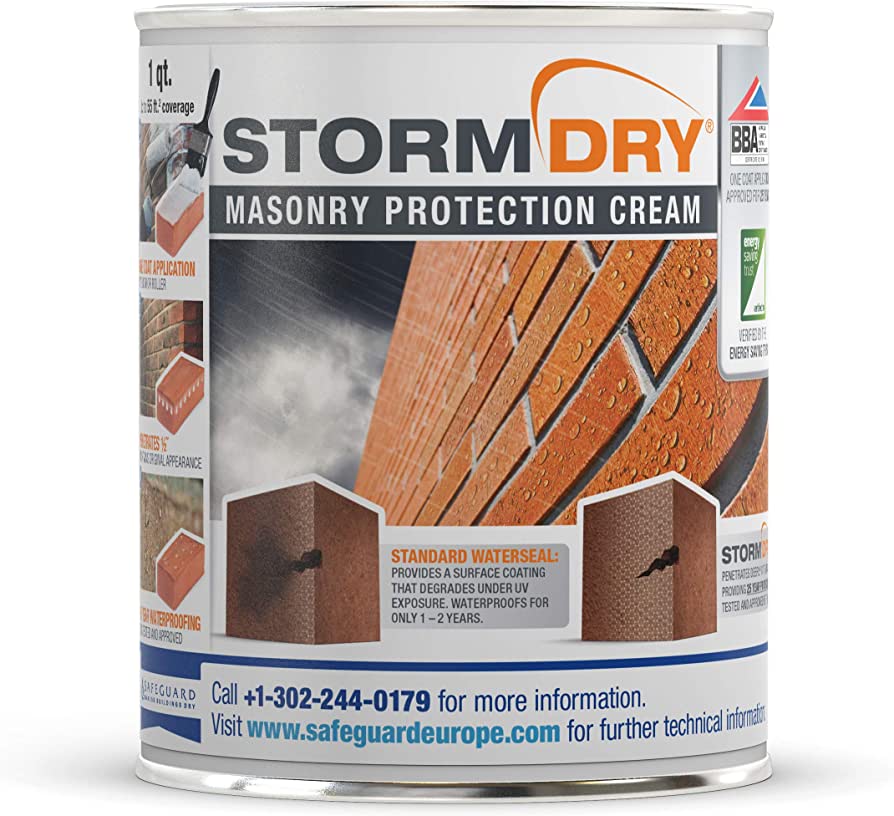
Remember, you can always choose to apply a brick-and-mortar sealant. Your local hardware store can help you select one that’s made exclusively for brick.
Pressure Washing Vinyl Siding
Vinyl is a popular choice for home siding. It’s a low-maintenance, inexpensive material that never needs to be painted. But, it’s also notorious for accumulating mold, mildew, dirt and debris.
An important thing to note before you begin pressure washing is that vinyl siding is malleable, so you cannot blast it with too much force or pressure.
Follow the below steps for pressure washing vinyl siding:
- Scan your surroundings: Take a look at the areas surrounding your home. Use a drop cloth or plastic tablecloth to protect any shrubs or bushes that could potentially get damaged by your high-pressure spray.
- Quick Connect Nozzles: Make sure to choose a correct quick connect nozzle. We recommend using the 15-degree quick connect nozzle, as it is the best choice for this task. Stand 3 to 4 feet away and keep the nozzle moving to avoid damaging your surface.
- Test an area: Test a small area of vinyl in order to gauge the amount of pressure needed to complete the cleaning task at hand.
- Pre-rinse your siding: Before apply detergent, pressure wash your siding from top to bottom using clean water.
- Detergent: Apply your detergent mixture using a lower pressure setting. Working from bottom to top, aim for smooth and steady strokes from left to right with your spray wand. Keep the wand pointed slightly downward to avoid spraying underneath any gaps in the vinyl siding.
- Rinse your surface: Finish the cleaning process by gently spraying water across the surface to rinse all detergent and residue. Start at the top and work your way down.
Pressure Washing Your Deck
You love your deck. It’s a great place to read, relax and entertain. Make sure you learn the proper way to preserve and protect it.
Follow the below steps for pressure washing your deck:
- Prep your surface: Sweep, rinse and wet your deck thoroughly. Make sure you’ve removed all loose debris and dirt.
- Test an area: Test a small area of your deck’s surface in order to gauge the amount of pressure needed to complete the cleaning task at hand.
- Quick connect nozzles: Use a 25-degree quick connect nozzle. This size nozzle is best for sweeping away dirt, mud and mildew from decks and other surfaces.
- Pressure washing: Keep a distance of 8 to 12 inches from the surface and use a sweeping motion along the grain of the wood to avoid damage. Make sure you keep the nozzle moving at all times to prevent uneven spots or lap marks.
- Allow to dry and finishing: Once you clean the entire deck, allow the surface to dry for at least 24 hours. To extend the life and appearance of your deck, apply a quality deck-coating or sealant.
Pressure Washing Concrete Surfaces
Our pressure washers will make quick work of discolored and dirty concrete. Choose from our large selection of gas and electric powered pressure washers to get the job done right. Your concrete surfaces will be looking brand new in no time!
Follow the below steps for pressure washing concrete surfaces:
- Prep your surface area: Pick up and move things like lawn furniture, toys and potted plants that could be damaged during pressure washing.
- Detergent: Apply a detergent best suited for concrete surfaces. Attach your spray wand, use the soap tip and begin applying detergent. Give the detergent around 10 minutes to soak into your concrete surface.
- Pressure washing: When the detergent has permeated your concrete, it’s time to blast away all the accumulated build-up. Switch to a high-pressure spray, keep your nozzle at least 10 inches away from the surface and use smooth back and forth motions, overlapping each pass by five or more inches. NOTE: For really dirty patches, you may need to make several passes with your pressure washer.
Pressure Washing Fencing
Now that you’ve pressure washed your siding, deck and concrete surfaces, don’t neglect other property areas like fences.
- Prep your area: Clear away any objects and/or cover plants and bushes near the fence line. This will give you direct access to the fence and prevent damage.
- Quick Connect Nozzles: Select the right quick connect nozzle. We recommend a 25-degree nozzle to begin. However, if you need more power, you can always switch to a 15-degree nozzle. Be sure to keep a safe distance from the fencing to avoid damage.
- Detergent: Apply a detergent – we recommend a commercial grade detergent – while holding the sprayer around 3 to 4 feet away from the fence’s surface. Let the cleaning solution sink in and do its magic for about 10 minutes. NOTE: For wooden fencing, do not hold the sprayer in one place, as it may cause damage to the wood. Use different angles and move in closer if needed.
- Rinse your surface: Rinse your fence thoroughly with fresh water.
The final step to end any pressure washing task, is to celebrate a job well done.
We hope our ultimate guide has shown you how to use a pressure washer to accomplish many of your outdoor cleaning tasks.
For more pressure washing tips and to purchase a Mi-T-M pressure washer, call or visit your local Mi-T-M dealer.
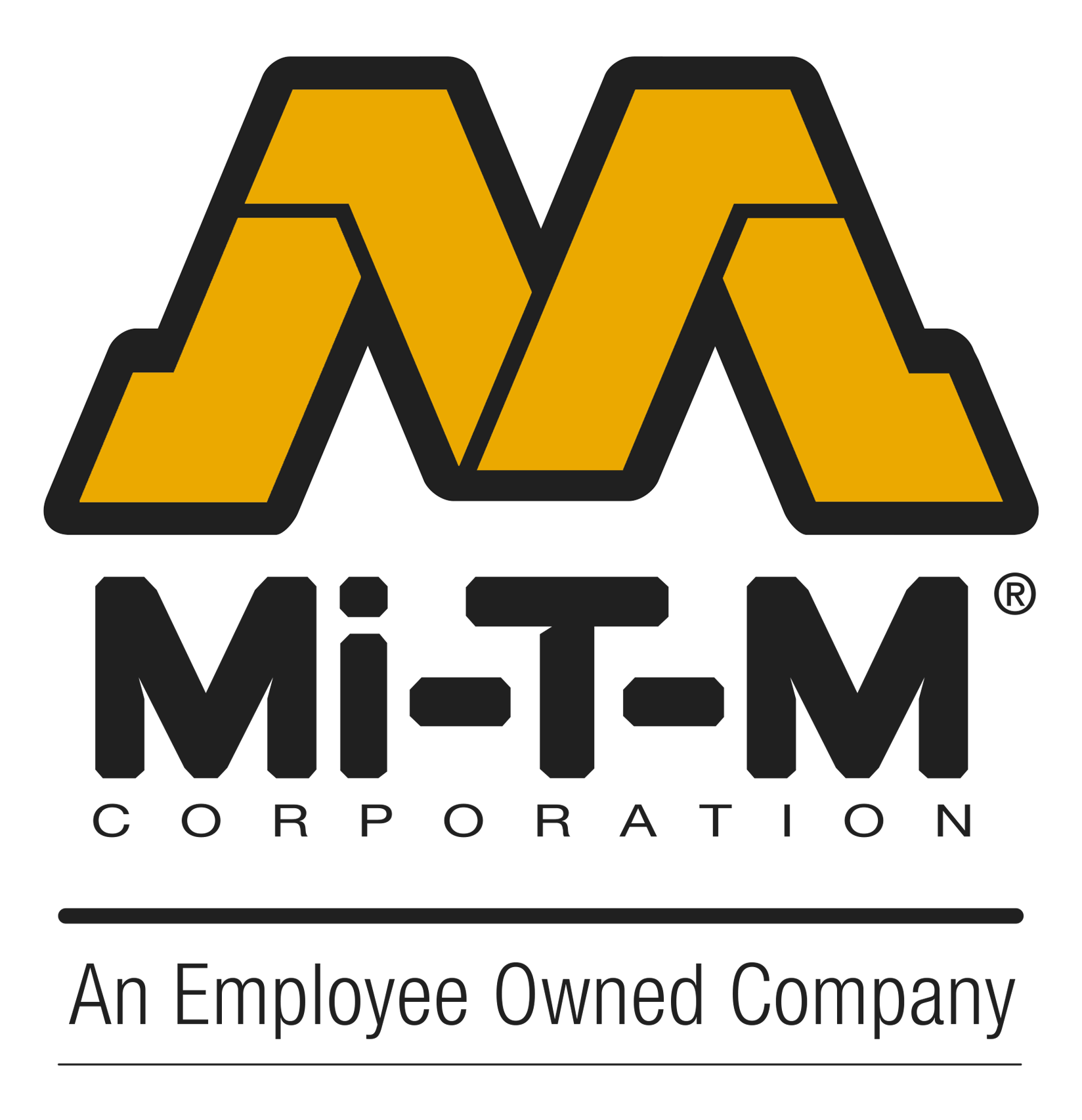



 Latest Equipment
Latest Equipment
 Accessories
Accessories
 Pressure Washers
Pressure Washers
 Air Compressors
Air Compressors
 Generators
Generators
 Air Compressor Generators
Air Compressor Generators
 Air Compressor / Generator / Welders
Air Compressor / Generator / Welders
 Portable Heaters
Portable Heaters
 Water Treatment Systems
Water Treatment Systems
 Trailers
Trailers
 Water Pumps
Water Pumps
 Wet / Dry Vacuums
Wet / Dry Vacuums
 All Residential Products
All Residential Products
 All Commercial Products
All Commercial Products
 Pressure Washers
Pressure Washers
 Generators
Generators
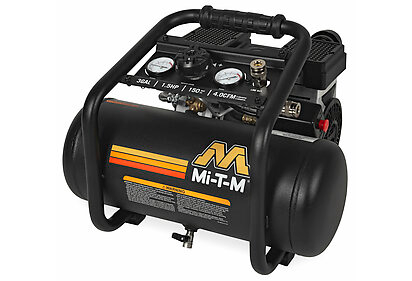 Air Compressors
Air Compressors
 Custom Fire Pits
Custom Fire Pits
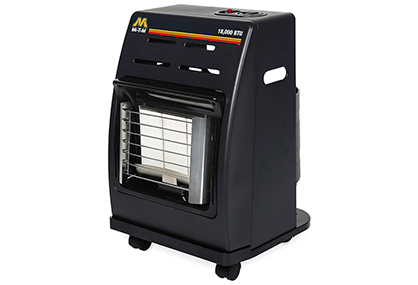 Portable Heaters
Portable Heaters
